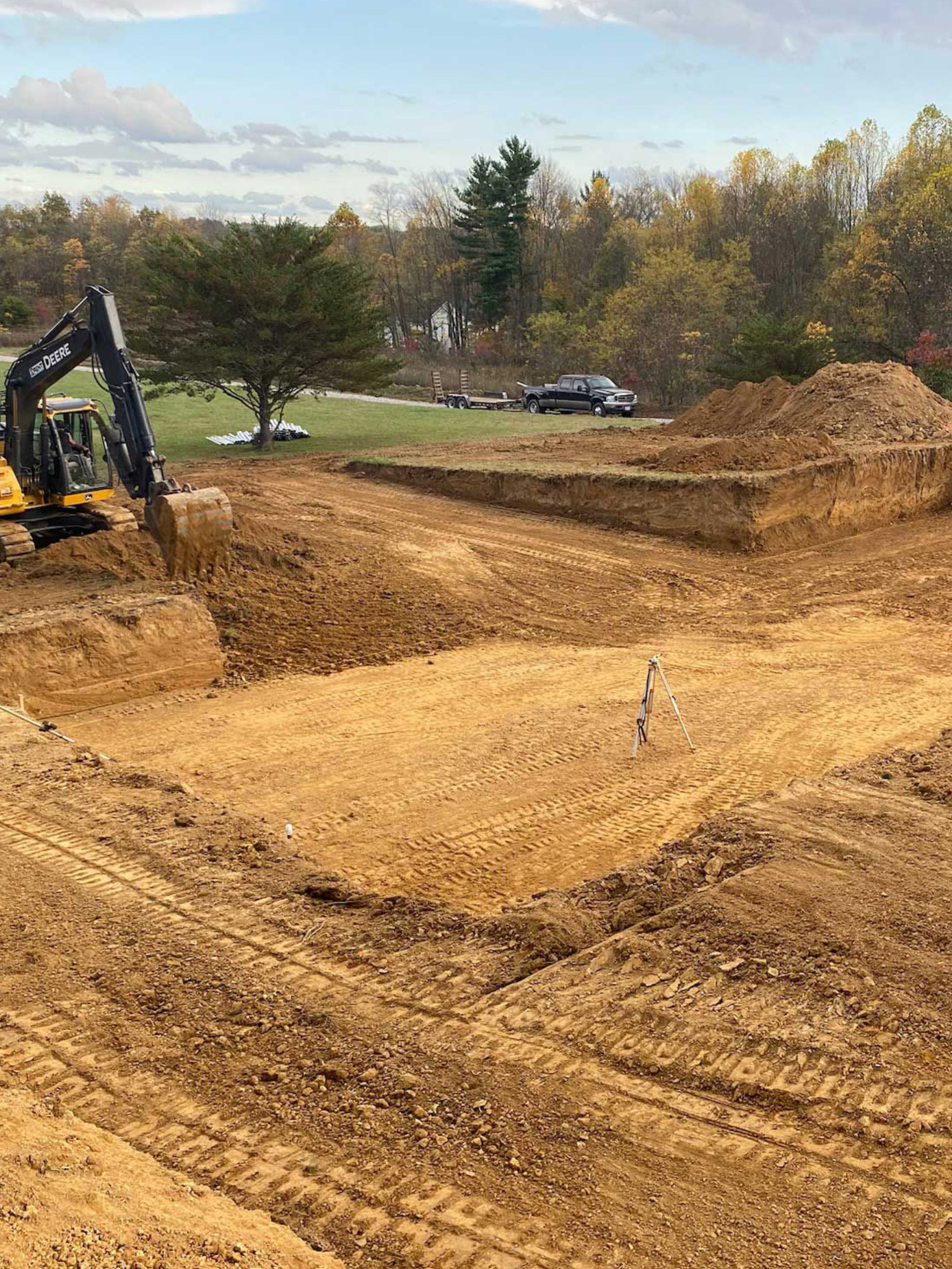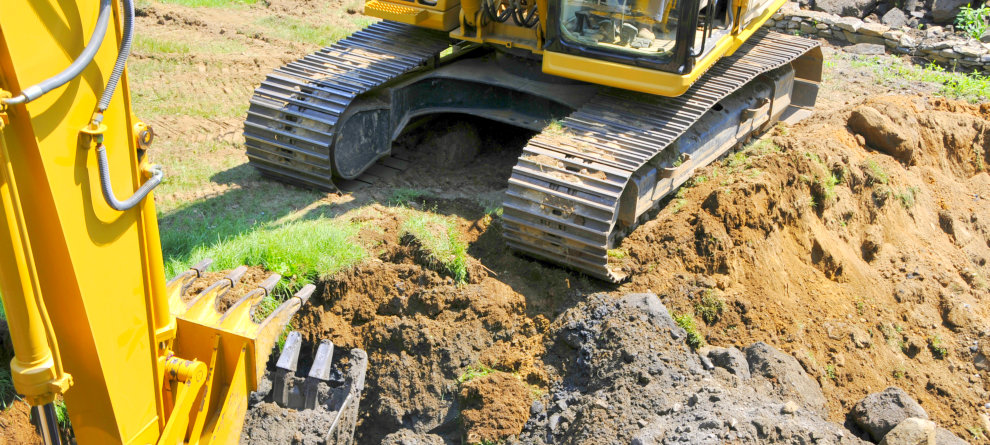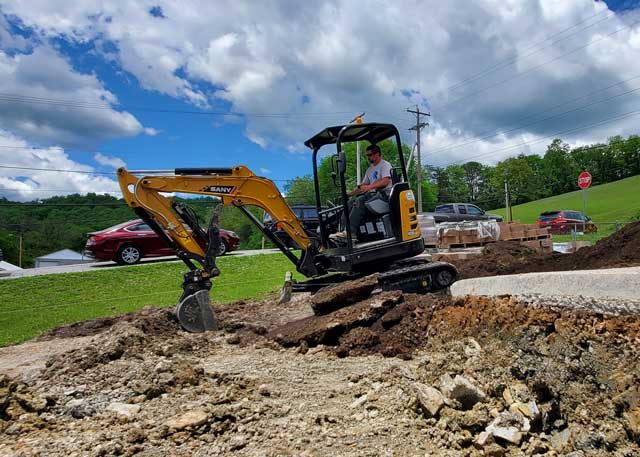Unveiling the Art of Excavation: Pro Tips for Safe and Productive Digging
As dirt is turned and planet is relocated, the intricacies of excavation disclose themselves, requiring a keen understanding of tools, soil make-up, security methods, and ecological considerations. The expertise required to navigate these elements efficiently can suggest the distinction between a successful excavation job and a possible calamity.
Significance of Correct Equipment
To make sure the safety and effectiveness of any kind of excavation project, using the ideal equipment is vital. The right devices not only improve performance but also alleviate threats related to digging. Excavation tasks differ in scope and complexity, varying from tiny domestic landscape design work to large-scale building and construction undertakings. Despite the job dimension, having the correct equipment can make a considerable distinction in the outcome.
Excavators are essential items of equipment in any kind of digging operation. These versatile machines come in numerous dimensions to suit different project demands. Small excavators are suitable for smaller sized tasks, while bigger excavators deal with much more substantial jobs successfully. Backhoes are an additional crucial tools kind, integrating the functions of a loader and an excavator in one device. They are useful for tasks needing adaptability and maneuverability.
Aside from excavators, other vital devices consists of dump plates, bulldozers, and trucks. Dump vehicles are crucial for eliminating and transferring excavated products, while trenchers are made use of for digging deep and narrow trenches. Bulldozers master tasks that call for pushing big quantities of dirt or particles. By investing in the proper tools, excavation jobs can be finished safely, promptly, and with precision.
Comprehending Dirt Structure
A thorough grasp of soil composition is fundamental for carrying out excavation jobs with accuracy and safety. Understanding the various types of dirt is vital as it directly affects excavation methods, equipment choice, and overall task efficiency.
Sand bits are the largest and offer excellent drainage however use little cohesion. Silt bits are smaller than sand however larger than clay, supplying modest water drainage and cohesion. Clay particles are the smallest and supply high communication however poor drainage. Organic issue, such as decomposing plant product, influences dirt fertility and stability.
Before starting excavation, carrying out soil tests to identify its composition and characteristics is vital. This information aids in choosing the ideal devices, executing safety actions, and establishing excavation techniques customized to the particular dirt conditions - lancaster trenching. By understanding dirt composition, excavation professionals can boost project end results while guaranteeing safety and security and adherence to finest practices
Safety And Security Steps and Methods
Understanding dirt composition is the keystone whereupon safety steps and methods for excavation projects are developed, guaranteeing the well-being of workers and the success of the undertaking. There are several essential actions that must be carried out to minimize threats and avoid mishaps. when it comes to safety and security throughout excavation.
Most importantly, prior to any kind of digging commences, a complete inspection of the site ought to be carried out to recognize any potential risks such as below ground energies, unpredictable dirt conditions, or nearby structures that could position a danger. It is critical to have a skilled individual look after the excavation procedure to ensure that all security methods are followed strictly.
Furthermore, all employees associated with the excavation needs to be appropriately trained in risk-free excavating techniques and the proper operation of equipment. Personal protective tools (PPE) such as difficult hats, high visibility clothing, handwear covers, and safety boots must be put on in all times to minimize the risk of injuries. septic ohio. Regular security meetings and tool kit talks need to also be conducted to keep all employees educated about potential hazards and reinforce safe work practices. By sticking to these precaution and methods, excavation tasks can be finished successfully and without occurrence.
Effective Excavation Planning
When starting an excavation job, careful planning is important to make certain effectiveness, security, and successful end results. Efficient excavation planning entails a number of crucial actions that are crucial for the smooth execution of the project. The very first step is to carry out content a comprehensive website evaluation to identify any kind of potential hazards, such as below ground utilities or unstable dirt conditions. This details is crucial for developing a thorough excavation plan that consists of precaution and take the chance of mitigation approaches.
As soon as the site evaluation is full, the next step is to develop a clear timeline and schedule for the excavation activities. This consists of determining the sequence of jobs, tools requirements, and workforce allocation. Appropriate organizing helps prevent hold-ups and makes sure that the project remains on track.

Additionally, interaction among all employee is paramount during the preparation phase. Clear instructions, routine updates, and reliable coordination are essential for an effective excavation job. By investing time and effort in thorough preparation, excavation groups can dramatically enhance performance, minimize risks, and achieve successful outcomes.

Taking Care Of Environmental Considerations
With raising focus on ecological sustainability in building and construction methods, taking care of ecological considerations has become an essential facet of excavation jobs. Excavation tasks have the prospective to impact the surrounding setting through soil disintegration, sediment drainage, habitat disturbance, and contamination of water sources. To minimize these dangers, it is vital to execute ideal methods that focus on environmental management.

Furthermore, proper waste management is essential to stop soil and water contamination. Executing procedures for the disposal of dangerous materials, recycling of waste products, and minimizing the use of hazardous chemicals can considerably reduce the environmental influence of excavation tasks. By incorporating these methods into excavation planning and implementation, building and construction business can guarantee that their projects are not just secure and efficient but also eco liable.
Final Thought
Finally, mastering the art of excavation calls for a complete understanding of appropriate equipment, dirt structure, safety measures, and reliable planning. By following these standards and thinking about environmental variables, excavations can be carried out safely and successfully. It is important to prioritize safety and security and productivity in every excavating project to make certain successful outcomes.
As dirt is turned and earth is relocated, the ins and outs of excavation reveal themselves, requiring a keen understanding of devices, dirt composition, security protocols, and ecological considerations.To make sure the safety and effectiveness of any excavation job, utilizing the proper tools is critical.A thorough grasp of dirt composition is essential for implementing excavation projects with accuracy and safety and security. Understanding the various kinds of soil is Related Site important as it Read Full Report straight impacts excavation techniques, tools choice, and general project effectiveness. By recognizing dirt composition, excavation experts can boost task end results while making sure safety and adherence to best methods.
Comments on “Professional Septic Ohio - Relied On Septic System Professionals in Ohio”